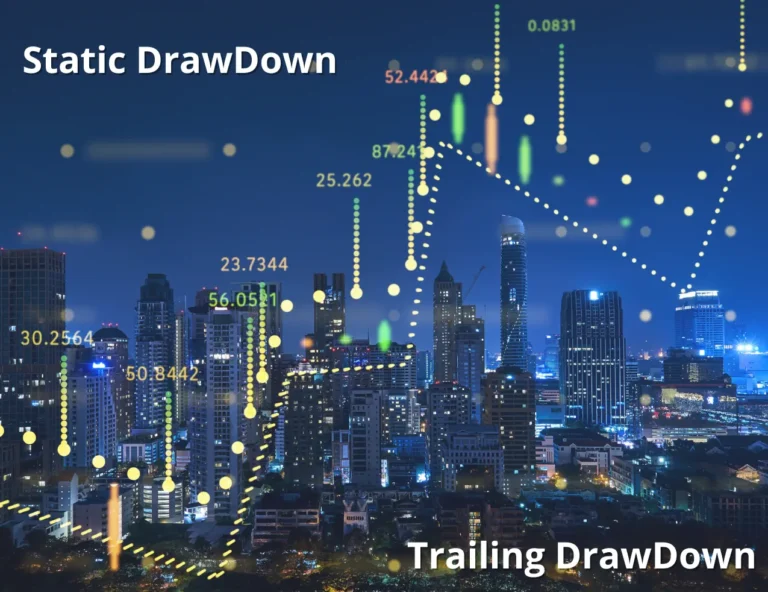A profitable business but…
This profession, which can be fulfilling, also involves a fair amount of risk. Therefore, before plunging headlong into the trading industry I send you to delve into the basics and only then develop complex concepts such as money management, which require adequate knowledge of the basic concepts, some of which we will look at in this article, which is a preparatory step to acquiring more advanced notions.
An experienced capital management trader is familiar with the concepts of lots, pips, margin and leverage.
In the first part of basi del trading we looked at the pip value in the case of the most liquid pair, the EUR/USD, having assumed that the dollar corresponded exactly to 1 euro in the proposed example.
As we know this is not really the case in fact, albeit by a few decimal places, the values of the two currencies are different and this is precisely what Forex is based on . It is precisely those numbers after the decimal point that, when multiplied by 100 ,000, the value of a standard lot, make price changes attractive to traders.
The pips, if you recall from the other article, correspond to the fourth decimal place of currency pairs, except for those that include the yen, and are the unit of reference for forex traders. The increase or decrease of qulache pips, depending on the size of our position, can constitute a major gain or loss.
Leverage and margin
As we have mentioned, there is a rather fundamental concept to take into account for us retails who make extensive use of leverage, namely margin .
This constitutes what the broker requires as collateral for the funds that we are are given ” on loan” to open our leveraged trades.
Let’s take an example:
One morning, after our analysis of the markets, we come to the conclusion that on that day the pound will rise against the U.S. dollar so we decide to enter one lot long on the GBP/USD pair.
Let us imagine that at the time of our entry the exchange rate is 1,2 i.e., that 1.2 U.S. dollars are needed to obtain one pound .
What will happen in practice if our broker makes 1:30 leverage available to us?
Let’s look at it in the following steps:
One lot is worth 100,000 units, so to purchase 100.000 pieces of the English coin would theoretically require 120 ,000 , since 1.2 * 100,000 = 120,000
However, having leverage of 1:30 will be sufficient for us to employ only one-thirtieth of that amount, and it is precisely this that constitutes the margin required by the broker to protect against our possible loss.
In this case the margin will be 120,000 / 30 or $4,000.
As you can see , the process is very simple; if you do not feel like doing the calculations each time to know your exposure in advance, you will simply use one of the many calculators made available on the net. If you want to know where to find this and other tools read the article on toolbox del trader
To meet the needs of private traders, which I imagine you are, important innovations have been introduced in the past two decades within the investment world.
For example, in the futures area, affordable instruments have been invented for those who do not represent a fund or institution. You may have heard of the Mini SP and the even newer Micro SP, which are two “soft” variants of the original SP 500 contract introduced by the CME in 1982. And again, as you may know, in forex the lot is also generally purchasable in fractions of the standard lot. In fact, it will be possible to buy mini lots, which correspond to 0.1 lot, and microlots, which is 0.01 lot.
All these new possibilities not only make it possible to invest with significantly smaller budgets, with a view to capitalization, but also to adopt strategies involving the opening of many small positions, as well as hedging techniques and financial progressions.
You will see, as you go along, that the more familiar you become with these concepts, the more you will be able to master whatever system is proposed to you and especially to be more analytical and strategic in your decisions.













